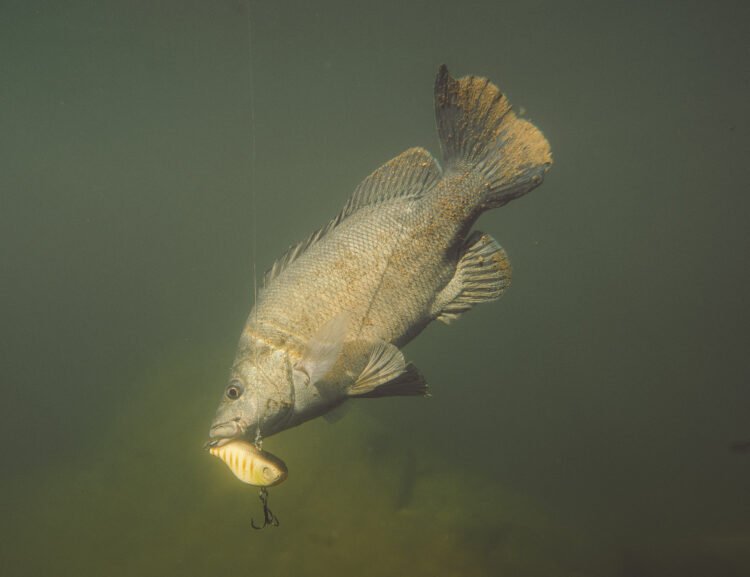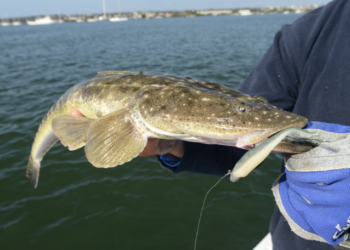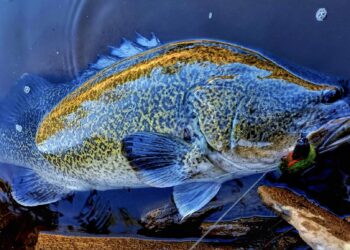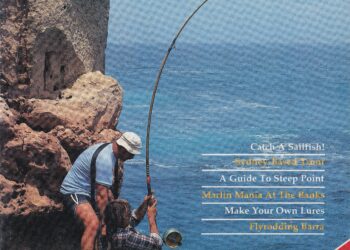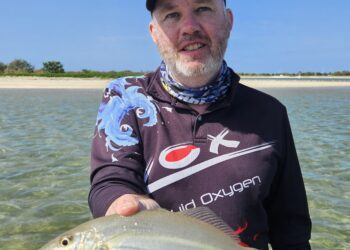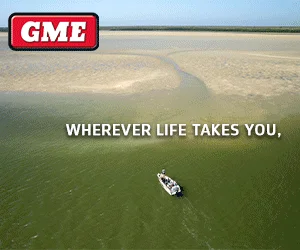WHAT do fish and humans have in common? Actually it’s something all animals and humans have in common… We must have food and shelter.
It’s worth keeping this in mind when you go fishing. Understanding the relevance of underwater structure and its influence on fish could make the difference between success and failure.
Take a look at Australia’s population. Most of us live in big cities along the coast and not in the barren desert where shelter and food is scarce. Fish are no different. Avoid “fish deserts”, the places of featureless sandy ground where fish are usually absent. Instead, focus on areas where the fish live. They want protection from predators and they want food. Even the biggest fish feel vulnerable to predators. I guess it’s an instinct that’s wired into a fish or something that’s carried on from being a smaller fish when birds and other predators were a genuine threat.
Over the next few pages, let’s delve into structure. What type of structure you should be looking for and what species you’re likely to find around structure.
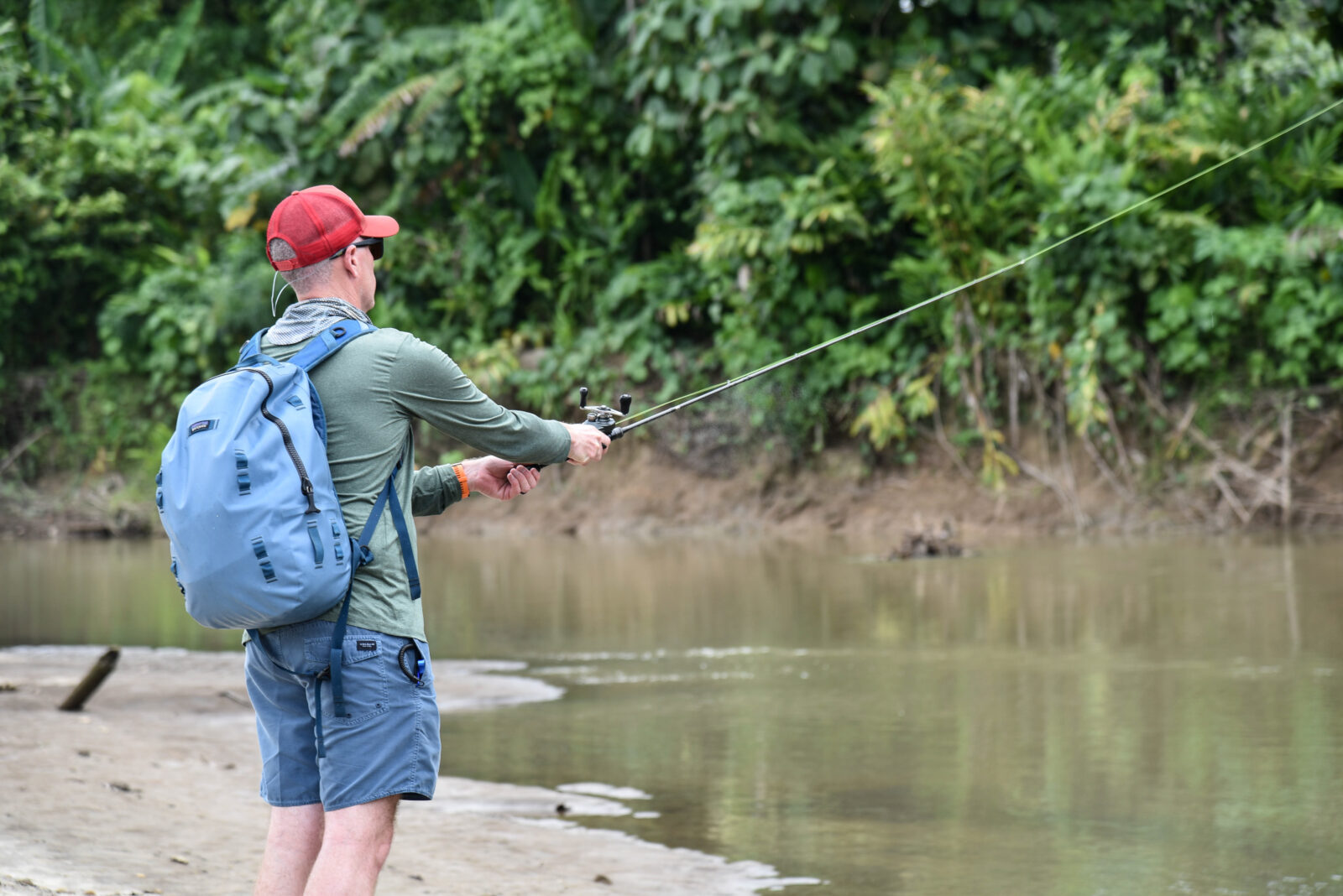
Freshwater
Freshwater structure makes a good starting point when learning about this subject. Often freshwater structure is more obvious and almost all freshwater fish, especially native fish, cling to structure.
Back in the days of European settlement, many of our freshwater rivers were cleared of fallen logs to allow large boats and paddle steamers clear access to the rivers. At the time it was essential to grow towns and move people and building materials along these rivers when suitable roads and rail didn’t exist.
What the early settlers didn’t realise was the damage they were doing to our native fish. Clearing structure was basically removing fish homes. If you remove the fish homes, the fish cease to exist. Murray cod and golden perch numbers were severely impacted and these fish were almost driven to extinction.
Thankfully, like many mistakes of yesteryear, we have righted our wrongs and many of these “fish homes” have been restored.
I fished a stretch of the Macquarie River in Western NSW that had been “re-snagged”. Local volunteers from Dubbo’s OzFish Unlimited chapter have worked hard on ensuring freshwater fish in these rivers had their habitat restored. And it worked a treat! The giant logs and snags strewn throughout the river encouraged more fish and the quality of the fishing in these areas has rebounded. Of course, there are plenty more problems, mainly problems with river flows and water allocation, but that’s a whole other story!
So we have established that fish love structure and you should be looking for areas where fallen logs are present. But it goes further. Not all structure is created equal.
I once had a small Murray cod in an aquarium. I never saw it because it was always hidden inside a small log at the bottom of the fish tank. It would come out at night and when I fed it and the rest of the time it was hiding. It’s an important lesson. Freshwater fish such as cod inhabit what anglers call “laydown” timber. That’s timber that has fallen and sits horizontally in the water. It creates small caves and shade compared to standing timber in the water. So in other words, the bigger, more horizontal structure, the more chance it will hold fish.
Freshwater fish such as trout aren’t so structure oriented. That said, trout do enjoy sitting in an undercut bank where they get protection and can easily find food. You will also find them sitting behind a rock in heavy flow. But unlike cod, golden perch and bass, you won’t find them hanging out in snags or sunken timber.
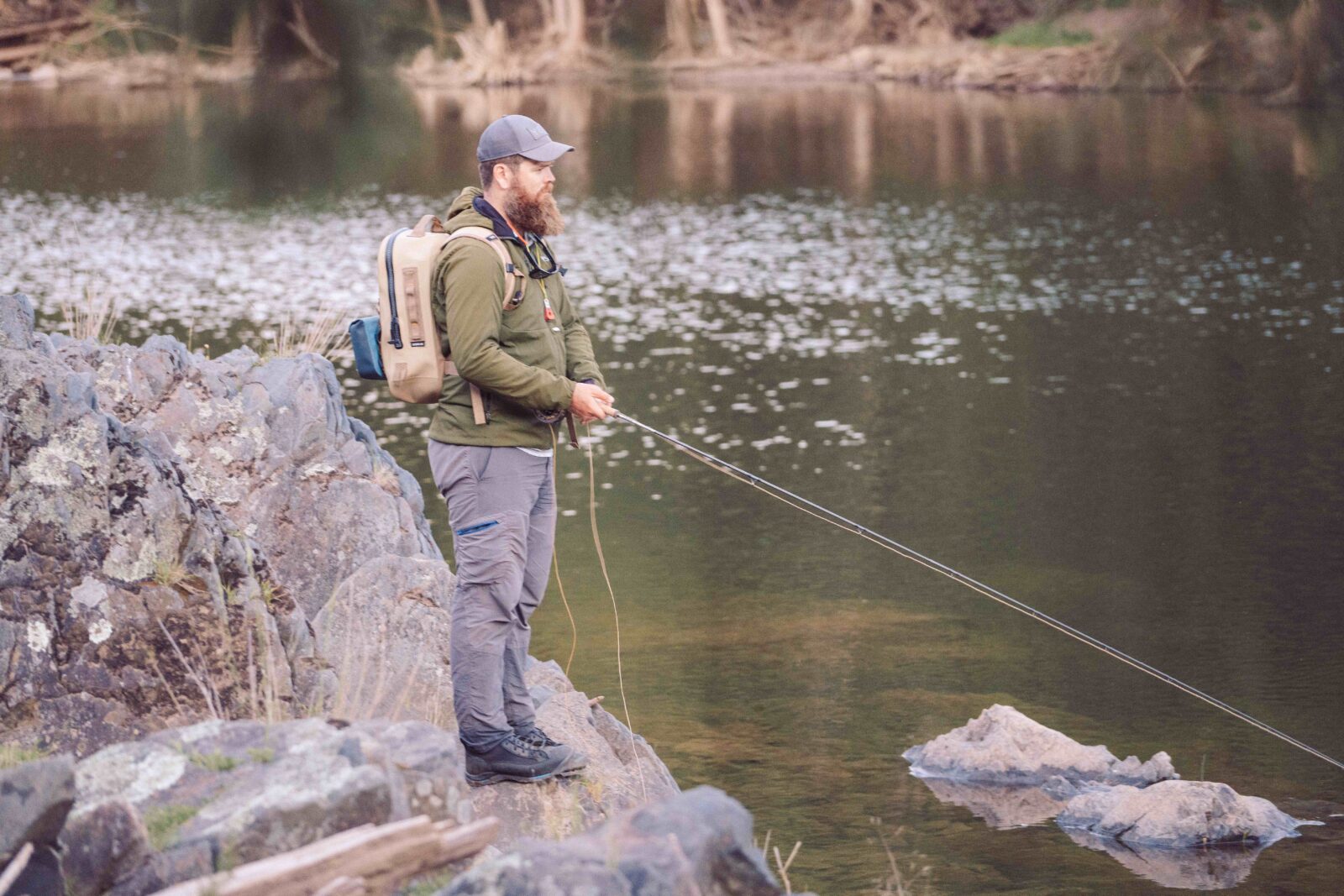
Saltwater
Saltwater fish are equally attracted to structure. Fish such as bream can be found in much the same type of structure as the freshwater natives mentioned above. Other fish find structure around coral reefs or rock ledges. Even “drop offs”, sudden fluctuations in depth can be considered structure. Other areas include wharves, old boat moorings, marker buoys and artificial structure. More on that below.
As you head offshore, you will find fish such as mahi mahi, tuna and marlin found near structure. Sometimes it’s just floating weed or a bit of floating rubbish. In a large ocean, a small piece of floating structure is enough to attract baitfish and where there’s baitfish, the large predatory fish won’t be far behind!
If you’re lucky enough to dive underwater or have seen photos of fish working around structure, you’ll understand the food chain that starts with tiny baitfish and ends with an enormous marlin or tuna. The common them is often the structure nearby.

Artificial structure
We touched above on the re-snagging efforts in freshwater. These are usually giant trees or logs that are placed in the river for native fish to live and breed.
In the saltwater, government departments often install artificial reefs and FADs.
Artificial reefs have been around a long time and can be simple pieces of structure deployed under water to attract fish. They’re usually positioned in areas around cities or in close proximity to people and they encourage fish populations to grow and fishing opportunities to expand.
These days it’s far more complicated than simply dropping some old wreck into the water and hoping fish will come along. The artificial reefs are usually designed in such a way that they attract fish and they’re placed in areas that have been researched to ensure current and fish species will suit that particular reef. It’s a real science.
Some of the reefs work better than others, but they all work in some way to attract fish. Many of them have underwater cameras to monitor the progress of growth on the reefs. Within a small amount of time, barnacles and algae starts growing, baitfish show up and the predatory fish we enjoy catching start to appear.
Another form of artificial reef is a FAD. This stands for Fish Aggregating Device and is usually a bright yellow buoy that is placed offshore. NSW DPI has a FAD program where it deploys a number of them along the NSW coast during the warm months. They’re usually deployed far enough offshore where tuna, mahi and other sport fish can be found as the East Australian Current rips down the coast.
Location details of FADs and artificial reefs are widely distributed with exact coordinates found on the NSW DPI Fisheries website.
Other states have similar artificial reef and FAD programs. I encourage you to check out you local fisheries website page and search for location details.
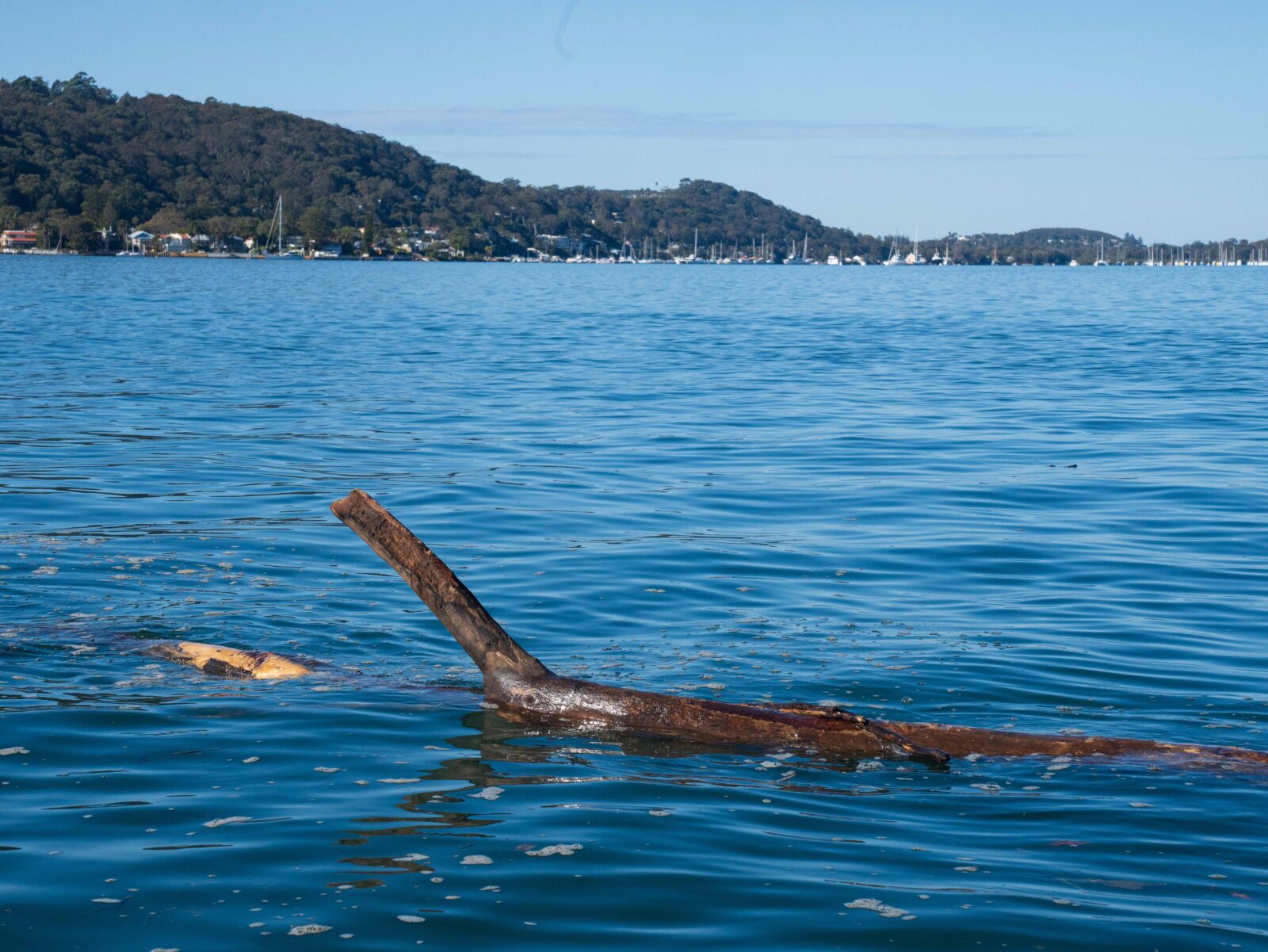
Tactics
A common mistake for new anglers is to stand on a shoreline and cast as far as possible. Meanwhile, those in a boat are casting back towards the bank or shoreline. Who is right? In most cases, the boat angler is right. That’s because the structure is usually along the shoreline and that, more often than not, is where the fish live.
That’s usually the case in freshwater rivers, while in lakes, the structure could be out in the deeper water. While in the saltwater, the structure could be anywhere from a saltwater creek to an oceanic FAD as mentioned above.
The common them is fish will live close to the structure. In the case of freshwater, that means very close.
My advice in the shallower freshwater is to cast your lure or bait as close as possible. That means it needs to be practically touching the structure at times.
It differs in the salt because the water is deeper and you often have currents. You may need to position the boat off the structure and cast so your lure so it can fall and reach the structure at a greater depth.
Often fish in saltwater are in the general proximity of the structure and not as close as their freshwater cousins.
Once you hook a fish around structure, you have the chance of losing it as the fish often runs back into the snag or reef. Remember, the fish was living close to the structure because it feels safe and that’s exactly where it will return once hooked.
If you’re fishing around sharp reef edges, I’d suggest using stronger gear. It’s no place for ultra light line. And be ready for a tussle and a quick fight. You either boat the fish quickly or the fish drags your lure into the snag or reef.
Get snagged
Whether it’s a fallen tree, a wharf, an artificial reef or a FAD, there’s no doubt fish love structure. All fish have a connection with structure, just like all humans appreciate shelter. Find the structure and you’ll find the fish.
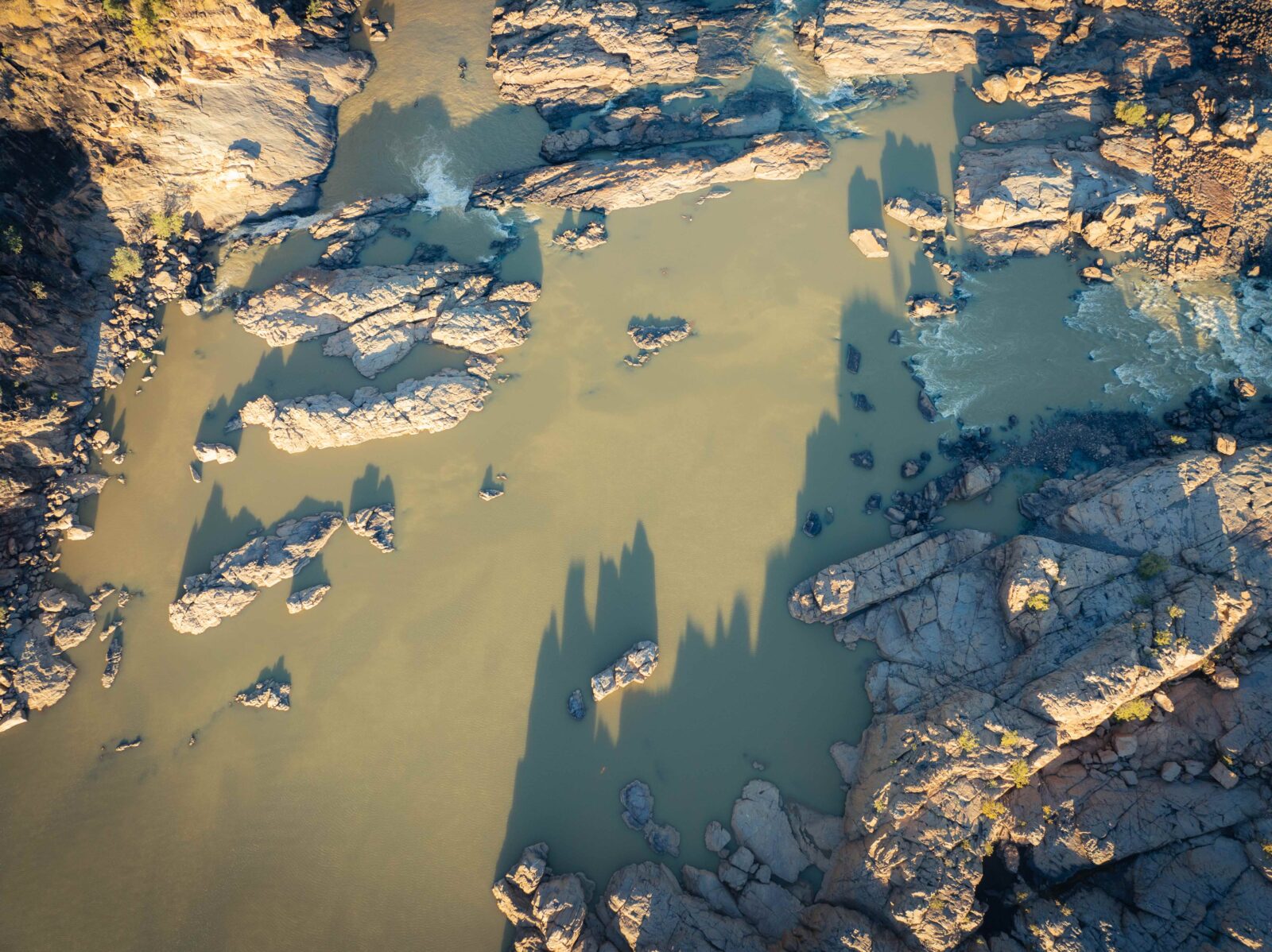
More tips
Casting accuracy
If you’re casting around wharves, fallen timber or marker buoys, your chances of catching fish will increase if you can cast accurately. As mentioned in the story, in the freshwater you need to cast just inches away rom a snag to find the fish. Any further away and the fish may not come out to look at your lure or bait.
Practice casting in your backyard or an oval. You can buy casting plugs or simply take some hooks off a lure and get casting. Set up a target and cast and cast until it becomes second nature.
If you’re in a park, ignore the “You won’t catch fish in the park, mate” comments and picture yourself hooked up to a trophy Murray cod or bass that you hooked with an perfectly placed cast.
This article was first published in the Nautilus Insurance Magazine. More details here nautilusinsurance.com.au/lifestyle/magazine/





